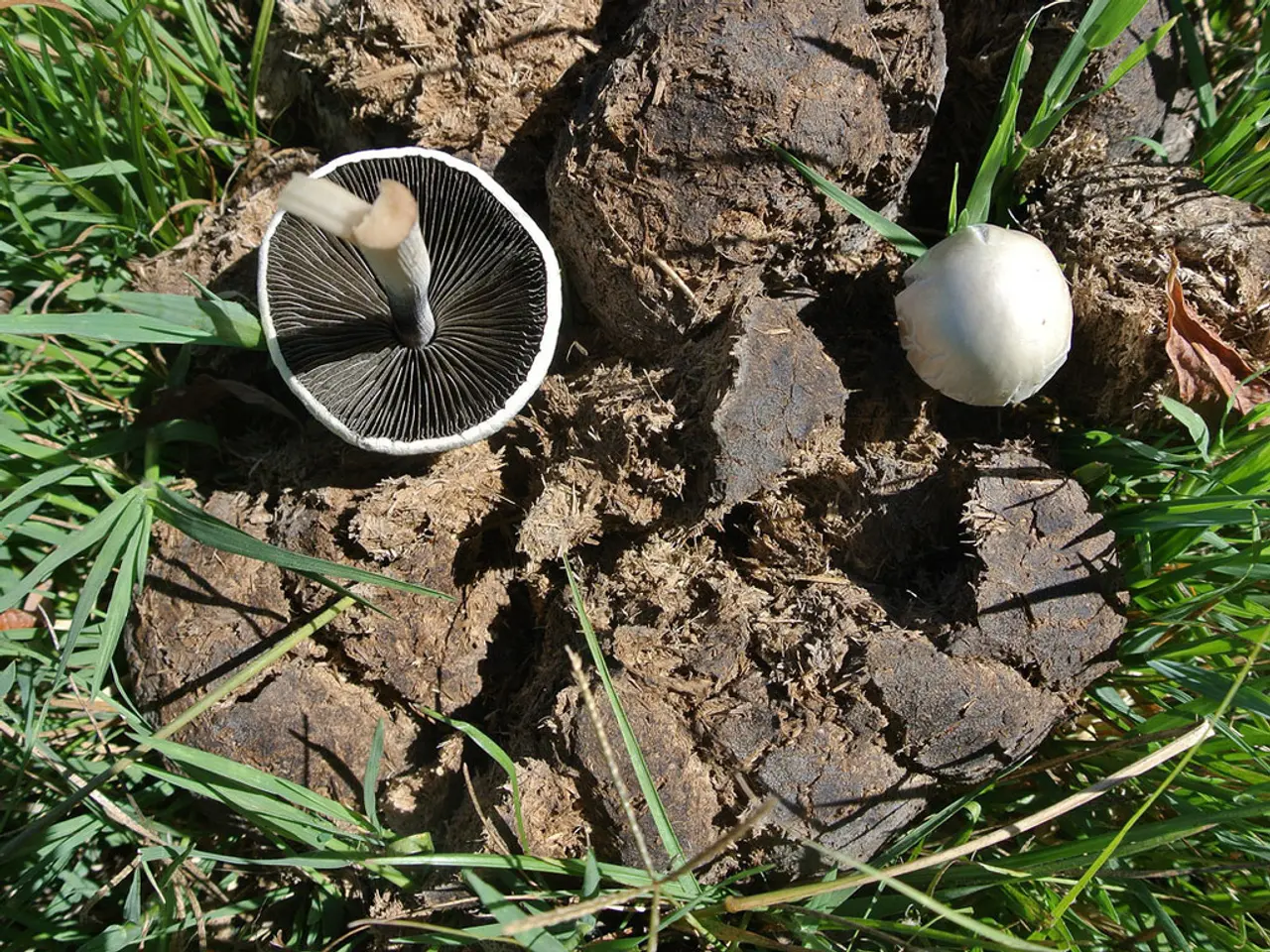Research Spotlights Biofuel Production from Invasive Plant Species
In a bid to grow the bioenergy industry and align with renewable energy policies, Australia is exploring an innovative approach: converting invasive weeds into biomass pellets for energy production.
These biomass pellets, small, thick cylinders of compressed plant material, can serve as a carbon-neutral source of energy when burned in heating systems for homes or businesses. A study by the University of Queensland has identified climbing asparagus and Brazilian nightshade as suitable for pellet production.
The process of creating these pellets involves four key steps: harvesting, drying, grinding/chipping, and pelletizing. After collecting invasive weeds and woody biomass, they are dried to reduce moisture content, ground into smaller particles, and then compressed under high pressure into dense, uniform pellets using pellet mills. Finally, the pellets are cooled and stored for transport or use.
This strategy offers numerous benefits for renewable energy and environmental management. Firstly, biomass pellets can serve as a carbon-neutral alternative to fossil fuels for heat and power production. Secondly, projects converting invasive woody biomass into carbon sinks help reduce atmospheric greenhouse gas levels, restore degraded lands, and improve soil productivity.
Thirdly, removing invasive species helps restore native ecosystems and counters land degradation, benefiting grazing lands and biodiversity. Fourthly, utilizing invasive weeds turns problematic biomass into valuable energy, supporting circular economy principles and reducing dependence on imported fossil fuels. Lastly, biomass collection, pellet production, and associated projects generate local employment and foster economic activity in rural areas.
However, increasing the production of biofuel from invasive weeds is not without challenges. Technological and logistical obstacles include harvesting vast amounts without endangering ecosystems, careful drying and compression to prevent problems like poisonous smoke or equipment damage. Despite these hurdles, the potential benefits make this an exciting area of research and development for Australia's renewable energy sector.








